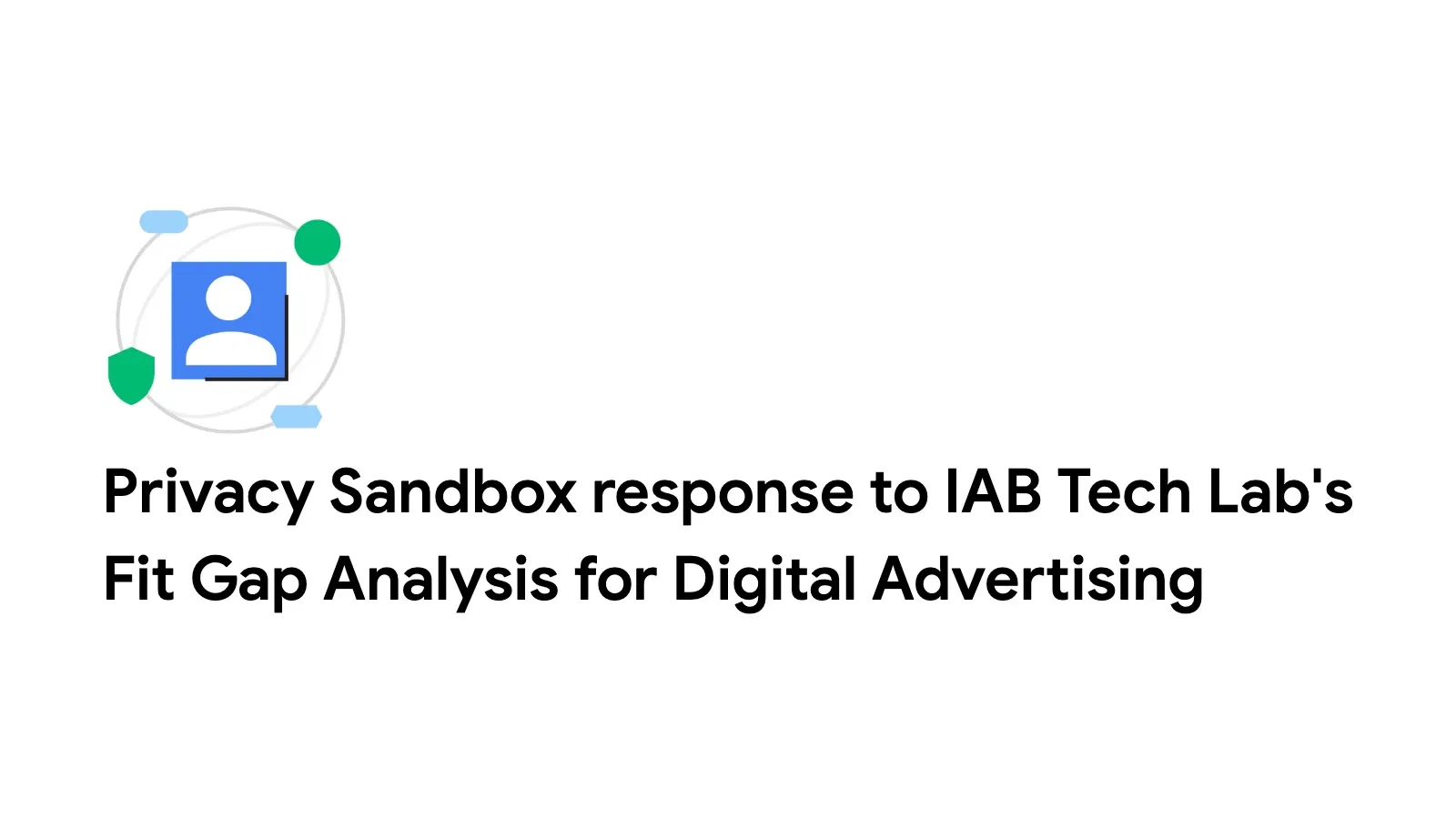Google responds to IAB Tech Lab Report on Privacy Sandbox
Google today issued a response to the IAB Tech Lab's recent "Fit Gap Analysis for Digital Advertising," which assessed the suitability of Google's Privacy Sandbox APIs in replacing third-party cookies.

Google today issued a response to the IAB Tech Lab's recent "Fit Gap Analysis for Digital Advertising," which assessed the suitability of Google's Privacy Sandbox APIs in replacing third-party cookies.
While acknowledging the IAB's efforts to educate members, Google challenged several findings in the report, claiming inaccuracies and misunderstandings.
Google emphasizes the Privacy Sandbox's goal of balancing user privacy with effective advertising, unlike a direct 1:1 replacement for cookies.
Their response primarily addresses the report's technical assessment, offering clarifications on five key advertising categories like audience management and reporting.
Google defends several Privacy Sandbox features and clarifies limitations based on privacy goals, like rejecting requests for reports that could identify individuals.
They welcome further collaboration with the IAB Tech Lab and broader ecosystem to improve the Sandbox based on feedback and testing.
Google maintains their plan to phase out third-party cookies in the second half of 2024, pending any outstanding concerns from regulators.
They express encouragement for IAB members actively building solutions with the Privacy Sandbox APIs.
Specific Points of Clarification:
- Misunderstandings: Google disputes several claims in the report, such as the loss of runtime data for brand safety, stating buyers still receive page URLs for verification.
- Out-of-Scope Use Cases: The report mentions limitations like interest groups not spanning across devices, which Google points out is also true for cookies.
- Privacy Concerns: Google rejects proposals that could recreate cross-site tracking, emphasizing Privacy Sandbox's commitment to user privacy.
- Industry Collaboration: Google encourages further industry input on documentation, governance, and potential improvements to the Sandbox APIs.
- Exclusion Targeting: Supported, but cross-site user identification is not.
- Cross-Site Profiles: Not supported due to privacy concerns, alternative approaches suggested.
- Audience Management: Possible with adaptations and limitations.
- Lookalike Modeling: Can be achieved through Private Aggregation API and other methods.
- Adding Users to Audiences: Possible through site-specific storage and coordination.
- Inventory Description: Topics API doesn't restrict publisher descriptions.
- Single Campaign Targeting: Possible with adaptations, but cross-site view limited.
- Competitive Separation: Not guaranteed, but alternatives suggested.
- Frequency/Recency Capping: Limited to Interest Groups, campaign-level capping possible through adaptations.
- Budget and Pacing: Supported through Protected Audience API and buyer key/value store.
- Second Price Auction: Supported with adaptations, feature request encouraged if further improvement needed.
- Bid Using Deal ID: Use case unclear, collaboration and standards body involvement suggested.
- Deal ID Signals: Supported and not deprecated.
- No Bid Response: Reporting possible through coordination between SSP and DSP.
- Third-Party Metrics: Limited access due to privacy concerns.
- Highest Scoring Other Bid: Clarification on information available and potential impact of seller scoring functions.
- Second Price Auction Reporting: Currently restricted to winners and sellers, open to discussion.
- Bid Loss Reporting: Limited information available due to privacy concerns.

